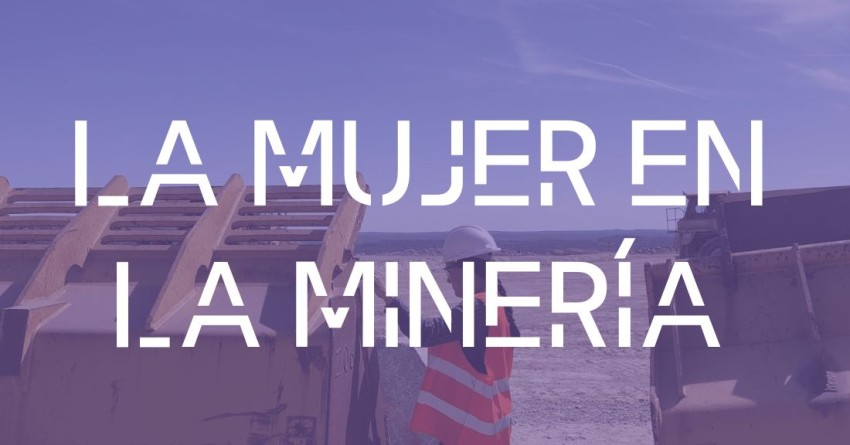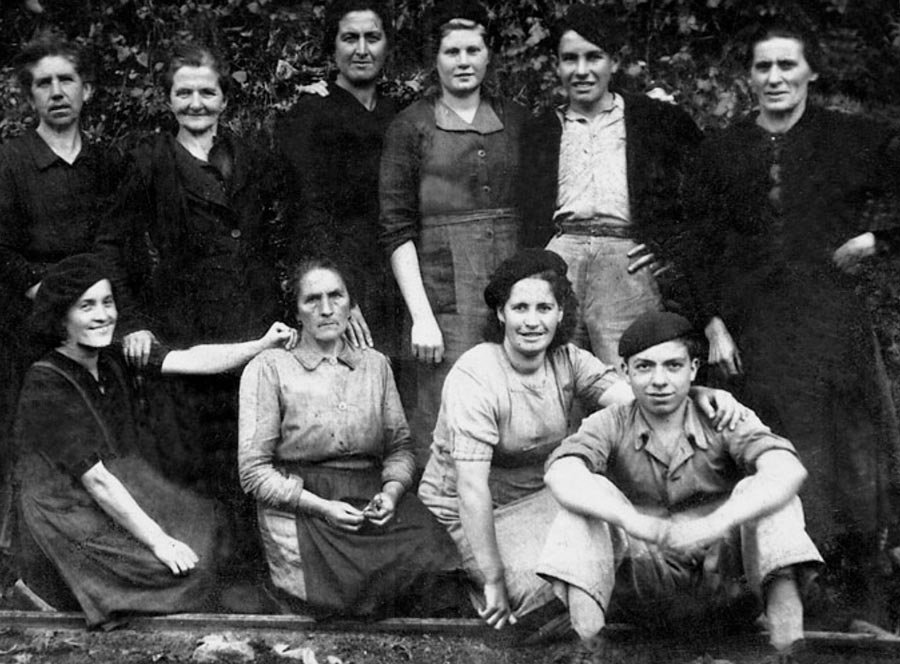Women in the mining
Our day by day / 11-06-2024
The figure of women in the history of mining is full of challenges and obstacles. In fact, until a couple of decades ago, that road didn't even exist: women were prohibited working inside mines due to a 1897 regulation issued by the International Labour Organization (No. 45).
In Spain, this situation wouldn't change until 100 years later, when Concepción Rodríguez Valencia, born in a mining basin in Asturias, began to question the injustice that her brother could work in the mine, but she couldn't, despite proving to be physically prepared for it.
Concepción was´nt the first women to initiate legal proceedings to lift this regulation, but she joined the fight without hesitation and saw it through to the end. Finally, in 1992, the Constitutional Court recognized for the first time the right of women to work inside a mine.
Carboneras en el Lavadero de La Encarná. © Archivo Histórico Minero.
If we think in traditional mining, a male miner figure automatically comes to our mind. However, the presence of women in mining was something very remarkable, first abroad and later, when it was allowed, also inside.. In recent years various narratives have emerged around this theme with books such as 'Carboneras', 'Hijos del Carbón' or '¿Donde está nuestro pan? '. Books that address how women were part of the history of extracting this mineral.
Since then, the presence of women in this sector has advanced and evolved, although today it is still predominantly male.
In Spain, the presence of women in the mining sector barely reaches 8% and the situation does not improve much more globally.
According to the 2019 report of the International Labour Organization ' Women in Business Management`, only 11% of the mining companies included in the study had a general manager, below the average of 16% observed in the large companies surveyed. In addition, 11 of the 40 largest mining companies had no women in senior management positions.
The mining sector needs to be a change, not only in terms of mineral extraction, but also in boosting the inclusion of more young people, especially women. We must not forget that SDG 5 of the 2030 agenda proposes achieving gender equality and empowering women and girls. In response to these challenges, clusters, associations and entities committed to change work collaboratively and in a committed manner to foster a more inclusive environment. According to the Ministry for the Ecological Transition and the Demographic Challenge (MITECO) in 2020, of the 29,319 total workers in the sector in Spain, only 2,520 workers were women, of whom more than half were in administrative jobs, which results in a virtually non-existent presence in production and restoration work. However, the ICAMCyL foundation breaks these figures with currently more than 70% female talent in its workforce, among which we can find mining, aerospace, industrial and geologist engineers, and occupy 75% of the foundation’s leadership positions.
Promoting gender equality in mining is crucial, as it ensures that all women have equal opportunities to develop their potential and contribute to the industry's growth.

